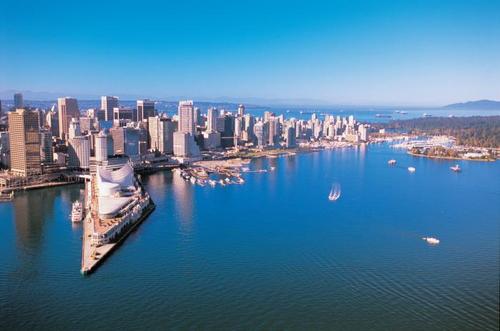Data
Data is an important step in any project, however in GIS it is extremely important as inconsistencies, problems or errors in the data can greatly alter your results. For this reason all the data collected was carefully looked at and was aggregate, projected and clipped in an effort to reduce the amount of errors later on in the project.
Collection
Projection
All the data was opened into ArcGIS as shapefiles and then it was projected into a NA_1983_UTM_10N projection. The reason for this is that UTM’s are the best projection for smaller area’s and UTM_10N is the best projection for the city of Vancouver.
Aggregation
The Census data chosen was in dissemination area’s (DA’s) for all of Canada and included all the data that was collected during the census. However, the only data valuable to my project was the population, income, and mode of transportation for the City of Vancouver. Therefore I clipped and aggregated the population, income and mode of transportation to make it relevant my project.
From the landuse, transit and major roads data I selected by attributes in ArcGIS only those located in Vancouver.
For the Starbucks locations I wrote down all 99 addresses into an excel file and then use geocoder.com to find the exact latitude and longitude coordinates. These were when geocoded into ArcGIS.
IDRISI
Each of the layers was import into IDRISI using the ASCII function in ArcGIS. Then in IDRISI the files were imported and converted to Raster files using a blank document with the coordinates for Vancouver. This enables overlays between layers as they all had the same number of rows and columns.


